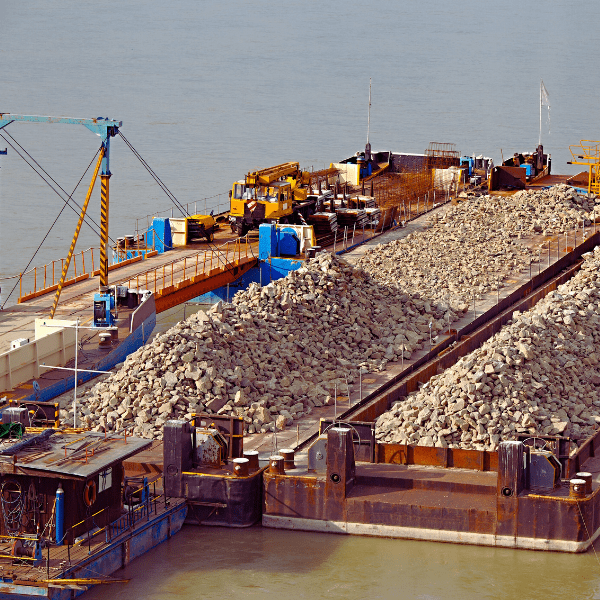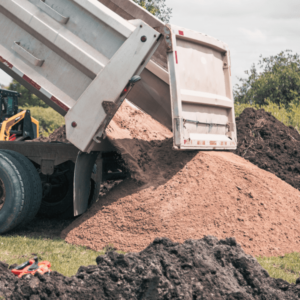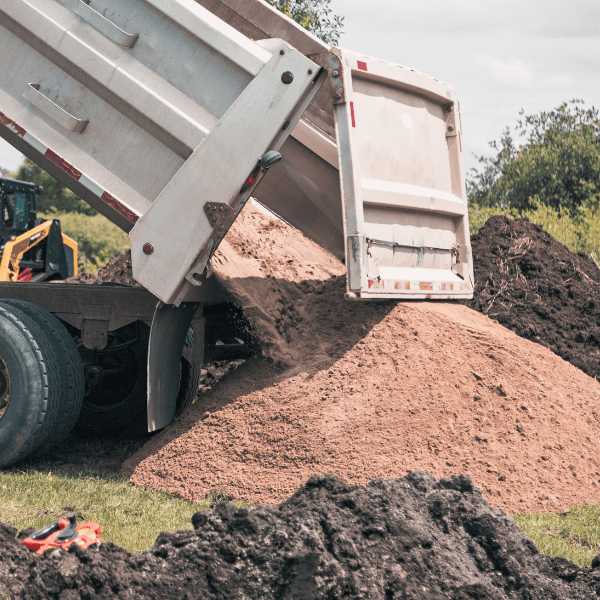Aggregates play a pivotal role in various industries, including manufacturing plants and construction sites. The efficient distribution of aggregates from production points to end consumers is essential for maintaining cost-effectiveness and sustainability in these sectors. In this article, we delve into the intricate dynamics of transporting aggregates, focusing on the three primary modes of transportation: truck, rail, and water.
Trucking: The Backbone of Aggregates Transportation Trucking emerges as the most prevalent method of aggregates transportation, particularly for shorter distances under 100 miles. With its flexibility and relatively low capital investment, trucking facilitates the swift movement of aggregates to diverse destinations. However, trucking faces challenges related to payload capacity and infrastructure limitations, varying by state regulations. Despite these hurdles, trucking remains a cornerstone of aggregates distribution across the United States.
Rail Transportation: Harnessing Economies of Scale Rail transportation emerges as a cost-effective solution for long-haul distances exceeding 100 miles. Leveraging the capacity of rail cars, which can hold substantial tonnages of aggregates, rail transport offers economies of scale, especially for unit trains operating on Class 1 carriers. While requiring significant infrastructure investments, rail transportation proves instrumental in catering to the uneven geographic distribution of quality aggregates and mitigating the strain on local reserves.
Water Transportation: Navigating Through Efficiency Water transportation, facilitated by barges or ships, presents an efficient mode for transporting aggregates, particularly over extended distances. With impressive cargo capacities, water vessels navigate through inland waterways and ocean routes, facilitating bulk transportation of aggregates. Barges, often grouped for collective shipment, serve as an economical option for distributing aggregates to diverse destinations, further enhancing the efficiency of transportation networks.
Impact on Industry Dynamics and Sustainability: The transportation of aggregates significantly influences industry dynamics and sustainability considerations. Distribution yards, strategically located near metropolitan areas and supplied by rail or waterway, play a crucial role in reducing transportation distances and alleviating the burden on infrastructure and the environment. This collaborative approach between industry stakeholders and government agencies underscores the importance of sustainable transportation practices in shaping the future of aggregates distribution.
In the intricate web of aggregates transportation, trucking, rail, and water emerge as indispensable modes, each offering unique advantages and challenges. By understanding the nuances of these transportation methods and embracing sustainable practices, the aggregates industry can navigate through logistical complexities while ensuring efficient and environmentally responsible distribution networks.







